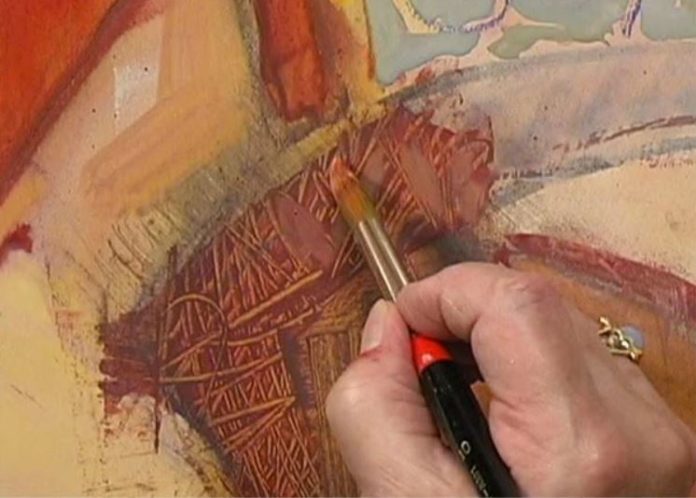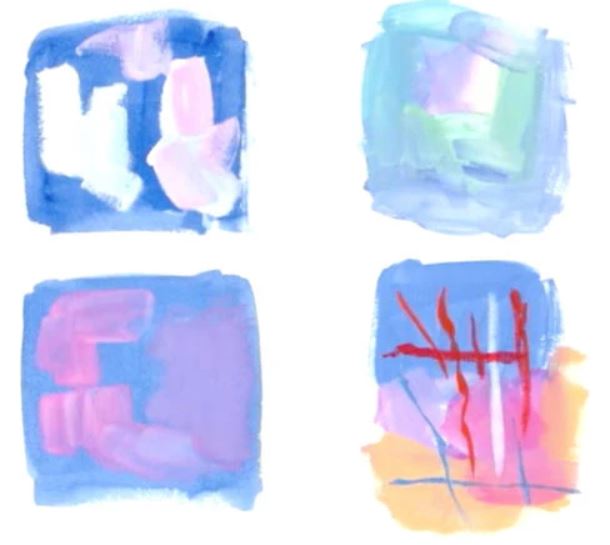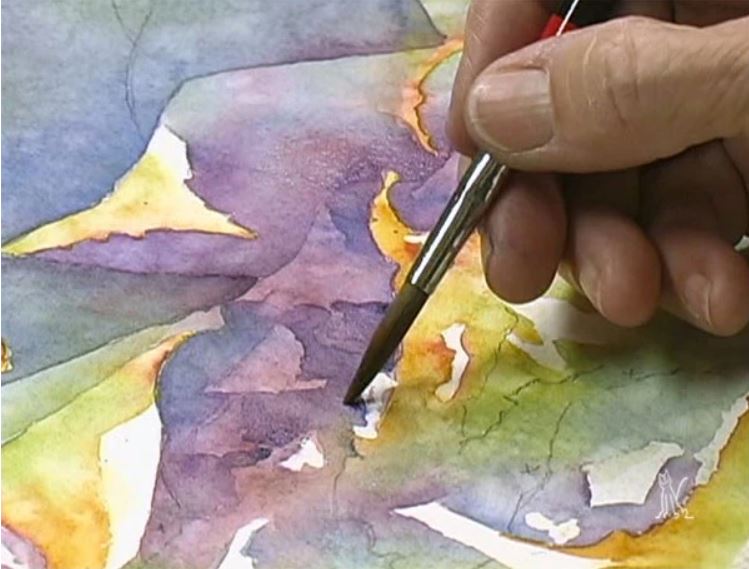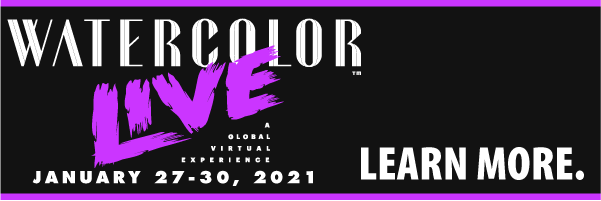
A special blog post from one of our sponsors, Creative Catalyst
On the surface, gouache (pronounced ‘gwash’) and watercolor seem very similar, confusingly so. Transparent watercolorist Sue Archer would never be caught dead with gouache while artists like Donna Zagotta and Carla O’Connor rely on its properties as a major part of their painting style. So what’s happening here?
Below we hope to clear up some of the confusion of watercolor vs gouache.
Can gouache be used like watercolor?
Gouache, a member of the watermedia family, can absolutely be used like watercolor. Artists can use gouache on watercolor paper and any other surface suitable for watercolor. You can use your watercolor brushes with gouache without fear of ruining them (looking at you acrylics!), and you won’t need to buy any special chemicals for clean up because, like watercolor, gouache is water soluble and can be cleaned up with water. As with watercolor, you can rewet gouache with water to make alterations or thin it with water to make it more transparent.
In fact, you can mix gouache paints with watercolor paints and use them together. Artist Donna Zagotta does. Nothing will explode, we promise.

Are gouache and watercolor the same?
No. While you can use the same paper and brushes, gouache will handle differently than watercolor. That’s because on a structural level, it’s manufactured differently than watercolor.

How is gouache different than watercolor?
The quick overview: Gouache is opaque, matte and can be blended. Gouache dries quicker and darker than watercolor.
Here’s what’s going on:
On a structural level, all paint consists of color particles (color dust) suspended in medium. Oil paint is color particles suspended in oil. Acrylic is color particles suspended in polymer. Watercolor and gouache are color particles suspended in gum arabic.
And not all particles are created equal.
Compared to watercolors, gouache has larger particles of pigment, and its particles are packed more tightly together. Large, tightly packed particles leave less space for light to slip through, and that’s what makes gouache opaque. Some manufacturers include a white chalk additive to further reduce transparency.
This level of opaqueness makes gouache great for illustrators who want to ensure accurate photography and reproduction of their work. That same quality makes gouache terrible for those glowing effects so sought after by transparent watercolorists.
Painters like Carl Dalio and Sue Archer reach for transparent watercolors because they want to create luminous paintings. Transparent pigments have tiny particles that aren’t packed together. This allows light to bounce through their paintings, hit the white paper and then bounce back out to the viewer’s eye, which creates spectacular luminosity. Continue reading “Watermedia Mystery: Really, What is Gouache?” here…
> Click here to subscribe to the free newsletter, Plein Air Today
> And click here to subscribe to PleinAir Magazine so you never miss an issue!
> Looking ahead, join us in January 2021 for Watercolor Live!





If you’re interested in how to paint with gouache, check out James Gurney. His blog and videos on gouache are excellent.
Can you use gouache instead of acrylics? I love the bright color they have, but if I were to want to enter a show using them are they classed as wateercolor or can I mix them in an acrylic painting and call them acrylics.
What about Casein Paints? How do they fit in to all of this?